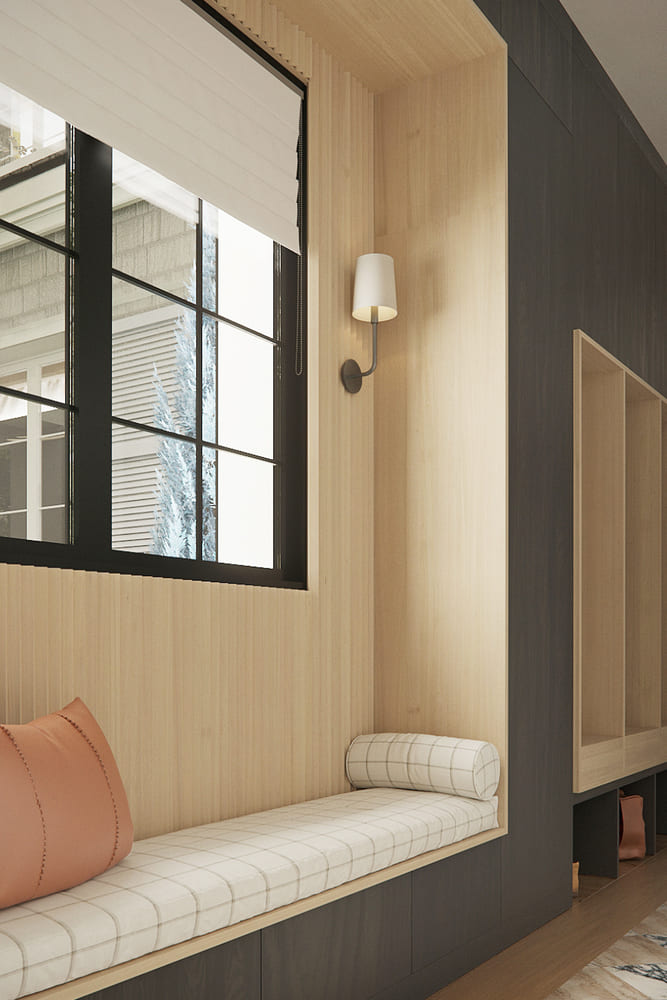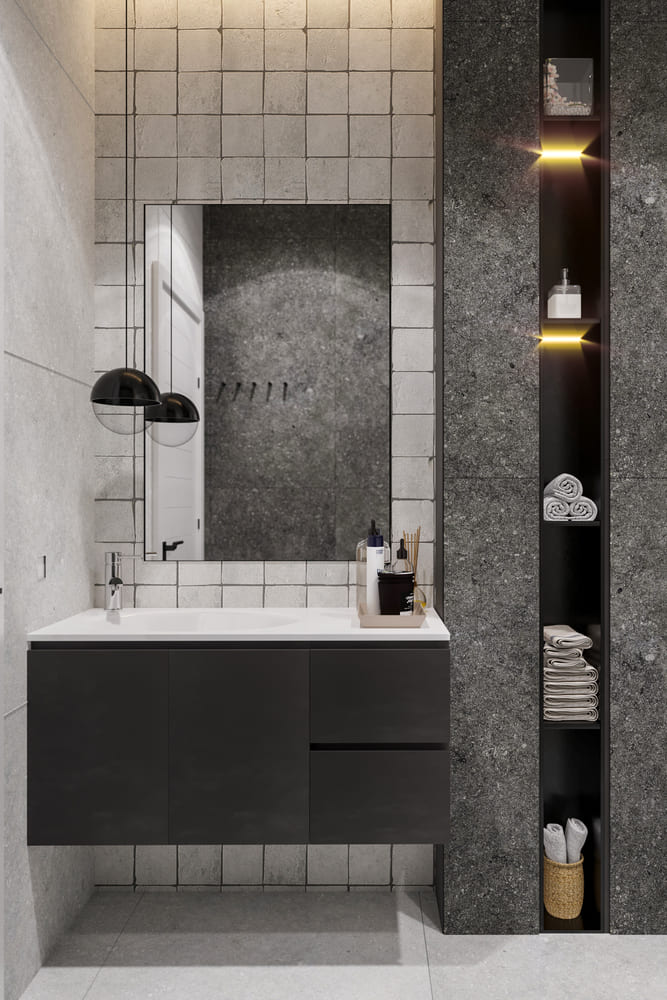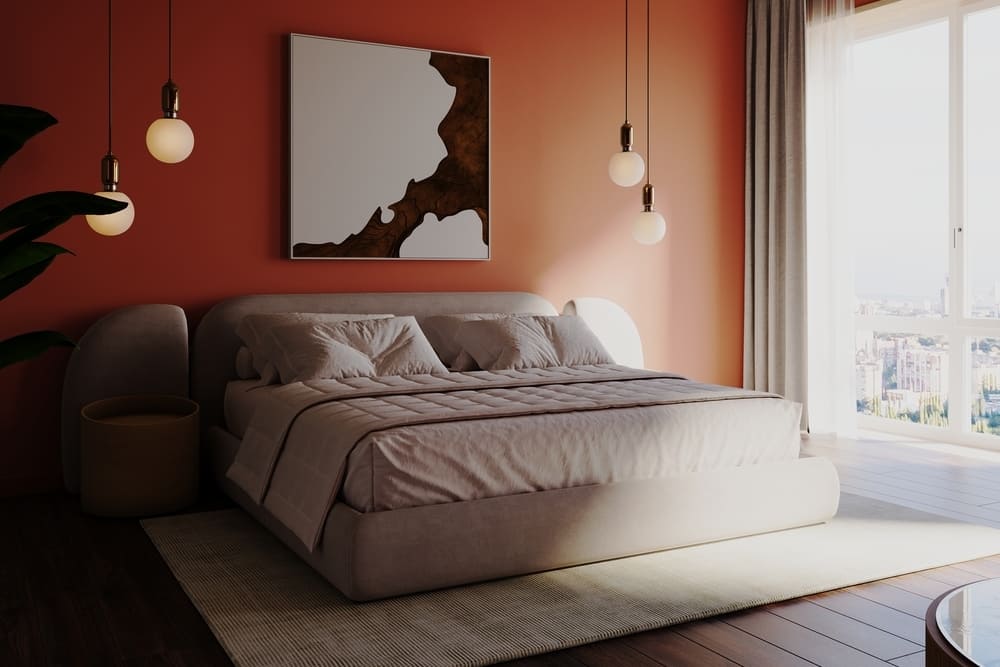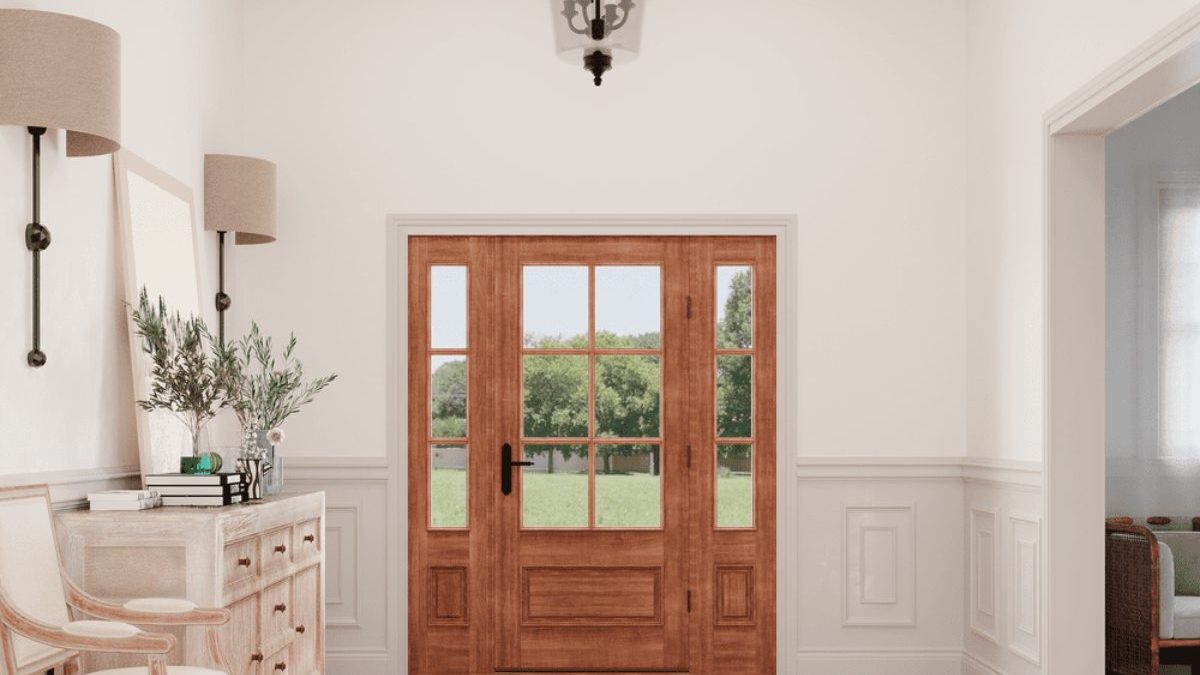Table of Contents
ToggleIntroduction
The realm of interior design has seen exponential changes in recent years, mainly due to technological advancements. Among these, the advent of interior design rendering has been a game-changer, much like how innovative rendering techniques from studios like https://yousee.studio/ have revolutionized marketing and storytelling. For those unacquainted, interior design rendering involves using software to create hyper-realistic visualizations of interior spaces. But how can one master this art? This comprehensive guide covers the intricacies, techniques, and tips for becoming proficient in interior design rendering.
The Undeniable Importance of Interior Design Rendering

The Role of Visualization
Visualization is the backbone of the creative process in interior design. A study published in the Journal of Building Engineering confirmed that visualization technologies significantly enhance design understanding, teamwork, and overall project management. These technologies, of which interior design rendering is a cornerstone, bridge the imagination gap between designers and clients. They allow for more precise edits and quick changes, streamlining the decision-making process.
Meeting and Exceeding Client Expectations
In the age of rapidly evolving technology, client expectations have soared. Gone are the days when a simple 2D sketch would suffice. Clients now want to see—and feel—the space before it comes to life. According to a report by Global Market Insights, the 3D architectural rendering market is expected to exceed $6 billion by 2025, signaling the high demand for such services. Rendering allows designers to meet these rising expectations by providing a photorealistic visualization of the future space.
Setting Industry Standards
Not only are clients demanding better visual representations, but industry standards are also shifting toward the necessity of mastering 3D rendering skills. Top interior design firms now showcase their portfolio in 3D, making it a critical skill for budding designers.
Mastering the Fundamentals: Software Proficiency

The Role of Software
You can only run once you can walk, and in interior design rendering, walking equates to mastering software. The design industry often uses platforms like AutoCAD, SketchUp, and 3ds Max. While AutoCAD is excellent for 2D drawing and basic 3D models, SketchUp provides flexibility for quick 3D sketches. For those looking to go all-in with intricate detail, 3ds Max is the go-to software.
Choosing the Right Software
The choice of software often depends on the project’s specific needs. For instance, residential projects may require different details than commercial spaces like hotels or restaurants. A detailed understanding of what each software can do will help you make an informed decision. Tutorials from platforms like Cloud Academy offer valuable guidance in this respect.
Techniques in Depth

Texturing and Material Mapping
One of the most critical steps in rendering is texturing, which involves applying high-resolution images to create realistic surfaces. Websites like Texture.com offer a wide variety of textures for this purpose.
Lighting Techniques
Lighting is the soul of rendering. The two popular lighting methods are Global Illumination and Photon Mapping. Mastery of these lighting techniques can significantly enhance the quality of the render. Websites like Lynda offer tutorials that cover these complex techniques.
The Art of Post-Processing
After rendering, the next vital step is post-processing. This involves color correction, image layering, and other modifications to give your render a polished, finished look. Software like Adobe Photoshop is generally used for post-processing.
Tips and Best Practices

Consistent Practice
Rome was built a day ago, and your rendering skills will be improved. Consistent practice is the key. The more you engage with the software and its myriad features, the better you’ll get.
Taking Online Courses
Consider enrolling in specialized courses that delve deep into the nuances of rendering. Platforms like Khan Academy a range of courses, from beginner to advanced levels.
Staying Updated
The world of rendering is constantly evolving. Keep an eye on blogs, journals, and industry publications like ArchDaily to stay current.
Conclusion
Interior design rendering is more than just a supplementary skill; it’s fast becoming a requirement in the industry. From choosing the right software to mastering texturing and lighting techniques, each step is integral in creating a stunning final product. With consistent practice, taking advantage of educational resources, and staying updated on industry trends, mastering interior design rendering is well within your reach.
Shashi Teja
Related posts
Hot Topics
What is Kafka Used For: A Complete Guide
What is Kafka used for? If you’ve been diving into the world of distributed systems, microservices, or data streaming, you’ve…
How Do Password Managers Work? The Guide That Finally Makes Sense
Ever wonder how do password managers work and whether they’re actually safe? I get it. The idea of putting all…



